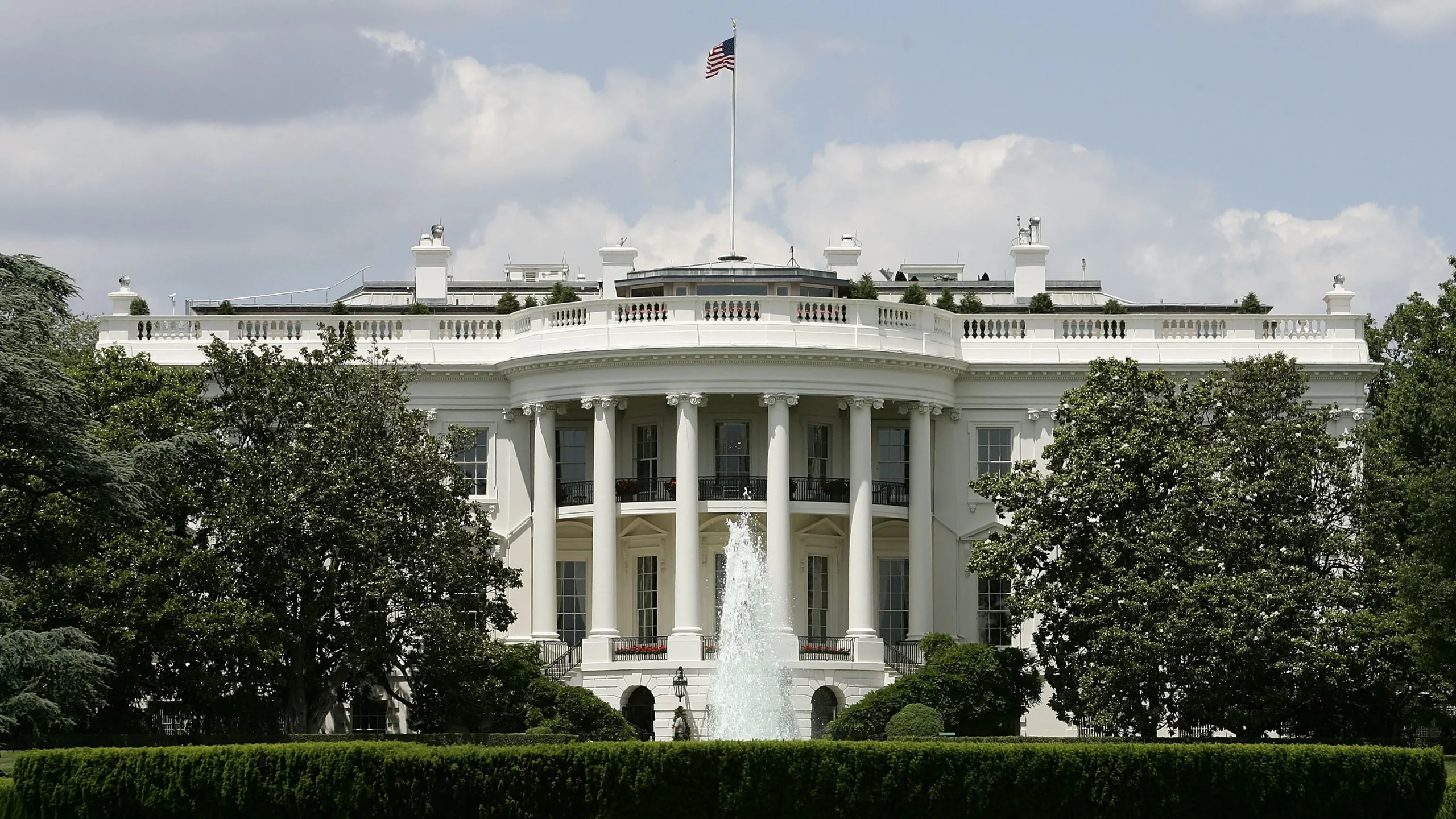Forex
The gap between sentiment and data

Dear Reader,The Panorama newsletter is sent to Moneycontrol Pro subscribers on market days. It offers easy access to stories published on Moneycontrol Pro and gives a little extra by setting out a context or an event or trend that investors should keep track of.
Adam Smith, 18th century Scottish economist and father of modern economics, often referred to an invisible hand that moved free market economies to prosperity. This is perhaps the first mention of the behavioural aspect of economic decisions. We may pride ourselves as rational investors, but the fact is that sentiments play an important role in the decisions we make.
Many economic events, crises or virtuous ones, are at the root triggered by sentiment. This is the reason why policymakers pay close attention to sentiment indices, surveys that gauge what the public is feeling. These are doors and windows to economic data points and add the much-needed perspective to cold numbers.
One such index is the Reserve Bank of India’s consumer survey, which the central bank conducts several times a year. The consumer sentiment survey captures what Indians ‘feel’ about the current economic situation and about the future. It captures this feeling for five parameters ranging from income, inflation, employment to prices and spending.
India’s economy has recouped most of its pandemic losses in output and demand, albeit with some permanent scars. Are Indians feeling upbeat about this improvement?
The RBI’s consumer survey shows that sentiment over employment, income, purchasing power (inflation), and spending has improved dramatically from the depths of pessimism seen during the pandemic years. But optimism levels are far from pre-pandemic ones. For instance, when surveyed on employment, more consumers are pessimistic about their current situation when compared with pre-pandemic times. The proportion of people optimistic about future prospects is also low when juxtaposed with four years ago. The same is true for income. Less than a quarter of respondents said that incomes have increased and a little more than half believe that incomes will improve one year ahead. Before the pandemic hit, more than 60 percent believed in prospects of income improvement.
When people are not confident about incomes, they do not want to indulge in spending. This plays out on the spending responses as well. While essential spending is inelastic, discretionary spending has suffered. As our Chart of the Day shows, consumers are still not confident about fulfilling their desires of buying white goods, or going on a holiday etc.
Since India’s GDP has recouped its pandemic losses and most parameters are far higher than their pre-pandemic levels, what explains this gloom in sentiment? Has the pandemic broken something in consumers that cannot be fixed? Has it instilled a permanent austerity among Indians?
There are no straight answers unless another survey capturing the changing patterns of consumption is done. One explanation is that some segments of the economy suffered debilitating losses which cannot be recouped (scars from the pandemic). This involves small enterprises, shops that went kaput during the lockdowns. Since small businessmen had no income, their purchasing power as consumers is either reduced or gone. That shows up in weak private consumption expenditure. It also rings true as the K-shaped recovery continues.
The upbeat stock market, increased government spending and Indian conglomerates ready to invest big amounts backed by deep-pocketed bankers all point to a phenomenal recovery of the economy. The other side of the coin is the cautious individual householder who is yet to see a commensurate increase in his earnings. Money must flow from one segment to the other in an economy. Clogged pipes would mean that a party at one end would be spoiled by a disaster elsewhere.
If India’s GDP must match the exuberance of investors, it needs its consumers to open their purses. Until then, sentiment may not reflect data.

 Forex3 years ago
Forex3 years agoForex Today: the dollar is gaining strength amid gloomy sentiment at the start of the Fed’s week

 Forex3 years ago
Forex3 years agoUnbiased review of Pocket Option broker

 Forex3 years ago
Forex3 years agoDollar to pound sterling exchange rate today: Pound plummeted to its lowest since 1985

 Forex3 years ago
Forex3 years agoHow is the Australian dollar doing today?

 Cryptocurrency3 years ago
Cryptocurrency3 years agoWhat happened in the crypto market – current events today

 World3 years ago
World3 years agoWhy are modern video games an art form?

 Commodities3 years ago
Commodities3 years agoCopper continues to fall in price on expectations of lower demand in China

 Economy3 years ago
Economy3 years agoCrude oil tankers double in price due to EU anti-Russian sanctions





















